In the soft glow of dim lights, the first note of the chamber orchestra called together a group of frazzled young women to center stage. It was impossible not to feel dropped into the middle of a fairytale as the room grew brighter, revealing a two-story set with family portraits and intricately painted details on each wall: here begins the College of Fine Arts’ rendition of “Cendrillon.”
The French title might render it unfamiliar, but don’t be fooled — “Cendrillon” is the timeless tale of a would-be princess losing her shoe at a palace. As a retired Disney princess superfan, I found the show to be a wonderful showcase of elevated nostalgia.
A co-production between the School of Music’s Opera Institute and the School of Theatre, the fairytale-turned-opera ran at Boston University’s Joan & Edgar Booth Theatre from Feb. 29 to March 3. The Thursday night cast of “Cendrillon” transported the audience to a dreamy world of mystical love and loss.
“Cendrillon” transcends the traditional Cinderella story in the very first scene with a humorous opening number featuring the disgruntled attitudes of young female attendants towards a demanding headmistress.

But “Cendrillon” doesn’t lose the critical elements of the plot — it restructures them for a more mature audience than the Disney original. Cendrillon’s father, played on opening night by Noah B. Rogers, a first-year student in the Opera Institute, kept the audience laughing with his witty asides on the ridiculous nature of his evil wife and step-daughters.
Then came a thorough display of the animated, absurd nature of Cendrillon’s stepsisters and stepmother, reminiscent of the early trope that every Disney Princess fan feared. After the chaos, resigned onlooker Cendrillon, played by Sarah Zieba, a second-year student at the Opera Institute, descends the stairs to face the audience for the first time alone.
Zieba enchanted us upon her first note. Her humble yet hopeful portrayal of Cendrillon floated through the audience with melancholy that contrasted the stepsisters’ brashness. Zieba was a natural princess, but her voice held strength beyond its years. Now, it seemed only natural for Cinderella to sing opera, instead of chirping to birds in a windowsill.
Twinkling stars emerged across the set’s sky as Cendrillion fell asleep. The dreaminess was enhanced by the voice of La Fée, the fairy godmother, played on opening night by Madeleine Lew, in her second season at BU’s Opera Institute.
As the fairy godmother summoned other forest fairies, one couldn’t help but notice the acute appreciation for nature in the lyrics of her song. In common Cinderella stories, this aspect is overlooked, but “Cendrillon” spotlights the central role nature plays. The forest sprites adorned Cendrillon in her sleep, harnessing the beauty of the natural world to do so.
Cendrillon awoke in a crescendo of sound, perfectly mirroring her confusion at suddenly being dressed so beautifully. La Fée sent her off with the classic midnight warning, a nostalgic plot point to the story.
The set transitioned to the palace ball, a picture-perfect scene of glistening royalty, where we met Le Prince Charmant, played by Ilhee Lee, a first-year Opera Institute student. The prince’s ballad about searching for the love of his life was familiarly charming, and I swooned as he sang about forfeiting his riches and lavishness for love.
Suddenly, the palace lights dimmed. Every eye turned to the center aisle of the theater, where the most beautifully dressed Cendrillon glided into the ball. Immediately, Le Prince Charmant was smitten, and so were we.
The world fell away, both for the characters and the audience, as the stage cleared and only Cendrillon and Le Prince Charmant remained in stunned silence. Emotional music rose from the live chamber orchestra as devotion swept the two characters and they confessed their love to one another. I couldn’t help but feel that passion from the seats.
Midnight struck, and Cendrillon fled the ball — an archetypal moment in the story. Devastated by her departure but determined to find his love once more, the prince’s emotions were encapsulated with melancholic and hopeful music. The air tensed in the room as everyone rooted for the lovers reunion.
Due to the intimate layout of the theater, actors entered from all sides of the theater with light sticks in hand, almost as if the audience wasn’t there at all. The experience was as though we were stationed in the enchanted forest, watching the spirits convene.
In opposite corners stood the forbidden lovers, Cendrillon ready to turn her life over to the fairy godmother. The lovers circled one another but never touched as they begged the fairies to relieve the other’s pain. I felt five years old again, rooting relentlessly for the will-be-princess’s wishes to come true.
A beautiful and woeful decline of light and sound engulfed the room as the fairy godmother split Cendrillon and the prince with a curse. Lew held a crystal-clear high note, a heartbreaking close to the scene.
Cendrillon awoke at home, convinced the love she experienced was all a dream. But when her stepsisters announced that the prince, dying from a broken heart, invited all the kingdom’s women to try on her abandoned shoe, Cendrillon rushed to claim her prince’s heart amidst a swell of celebratory music. The two reunited, lifting La Fée’s curse and restoring life to the prince.
As the cast turned to thank the audience for accompanying their journey through this dreamy world, I couldn’t help but want to say thank you back.
























































































































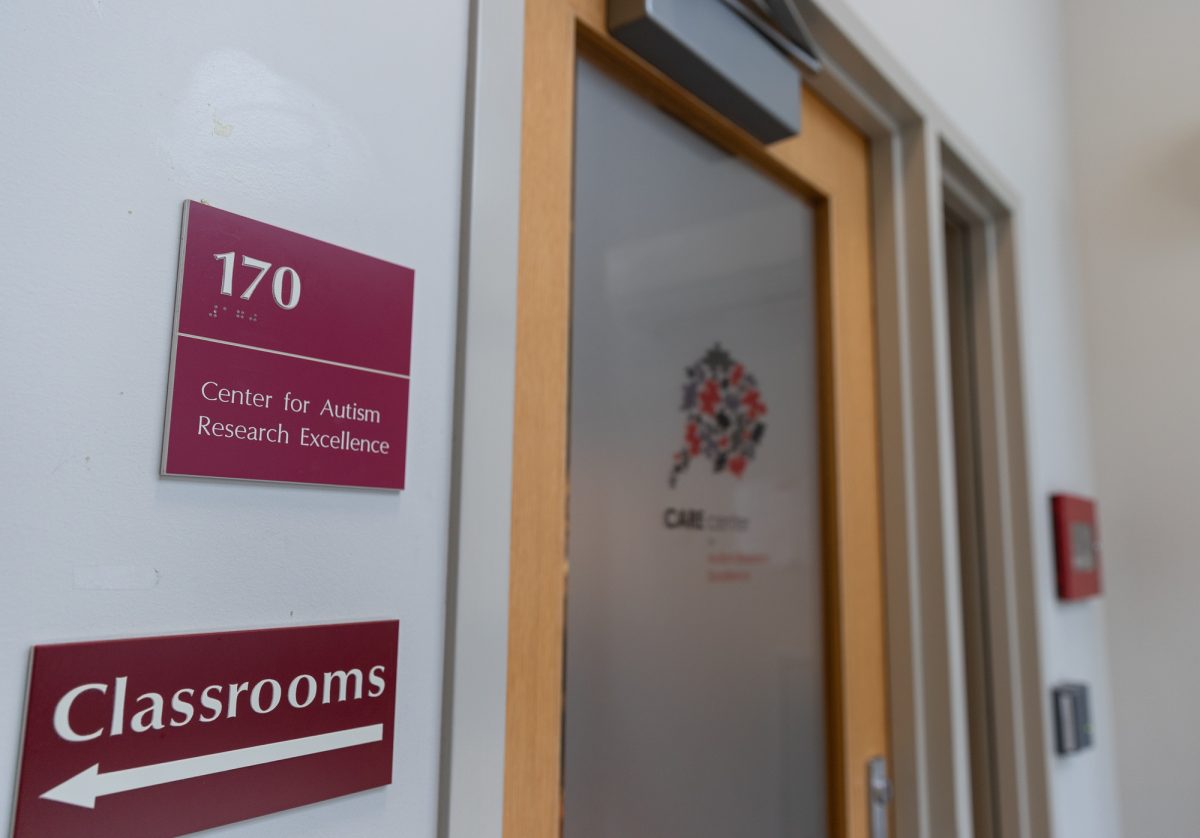
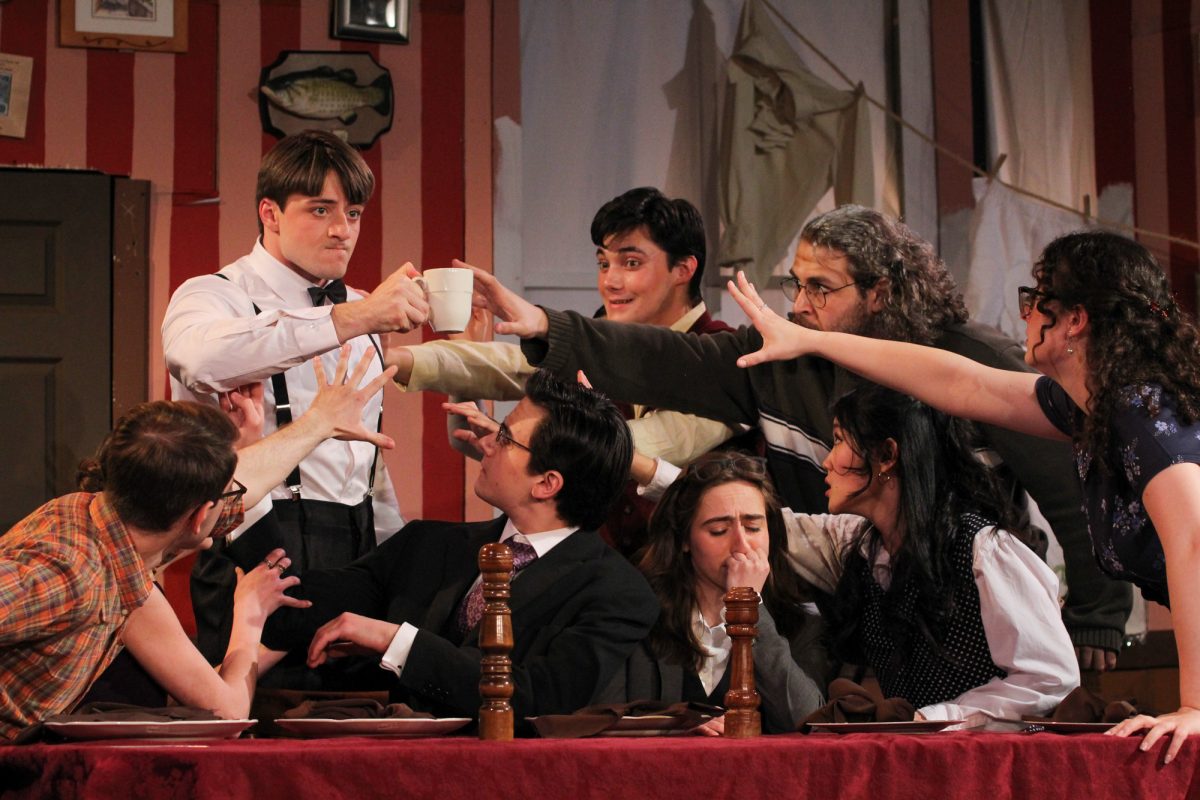
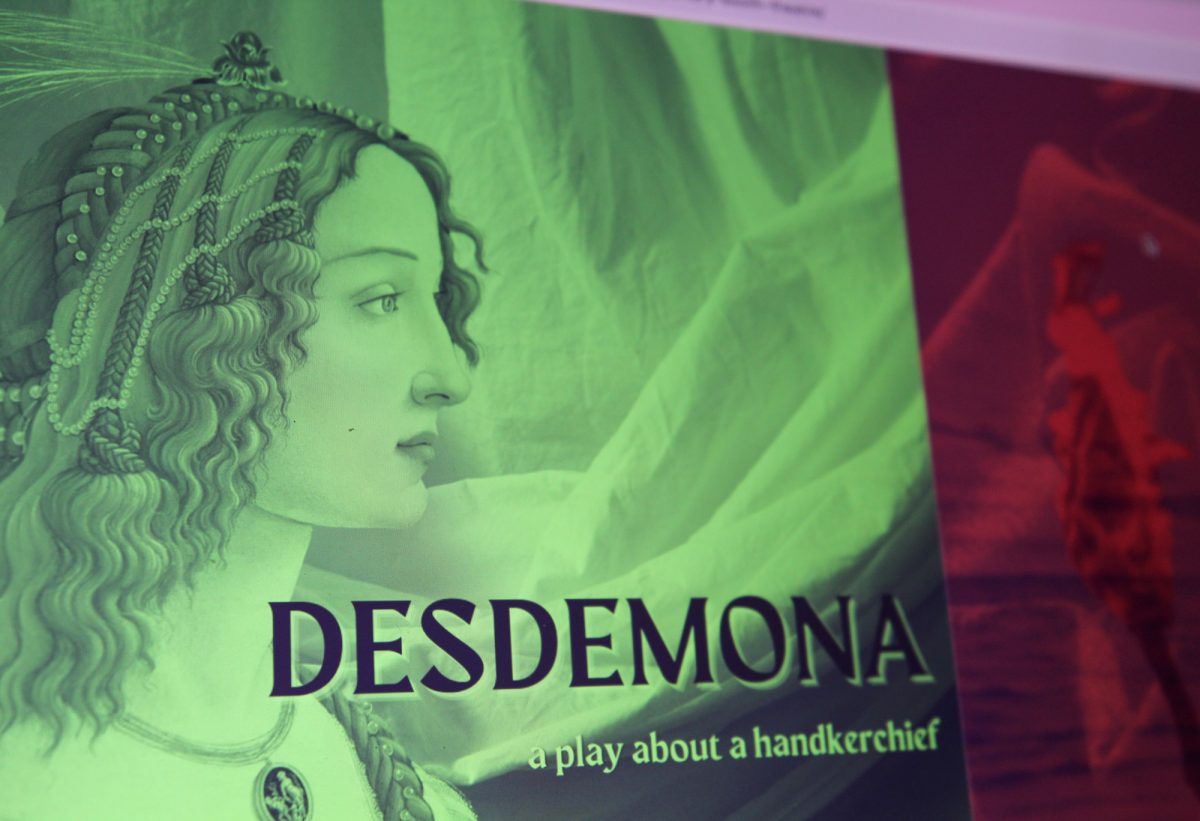
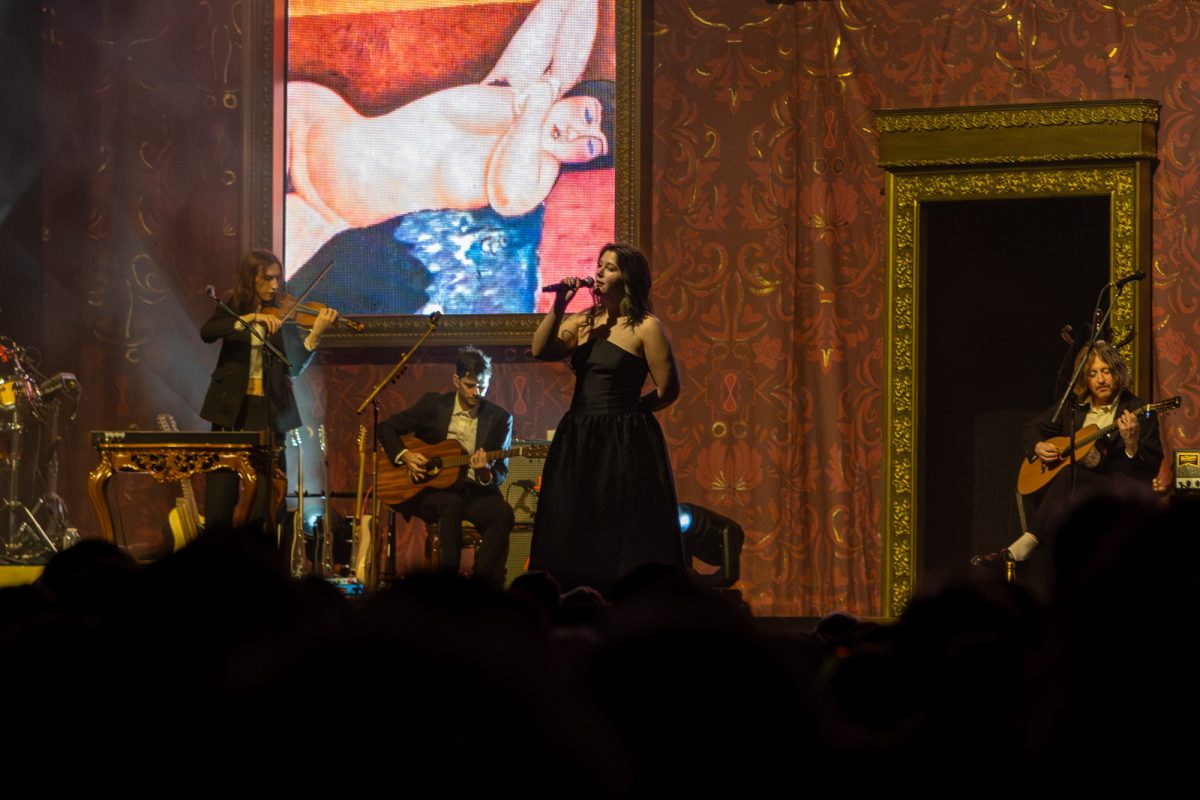
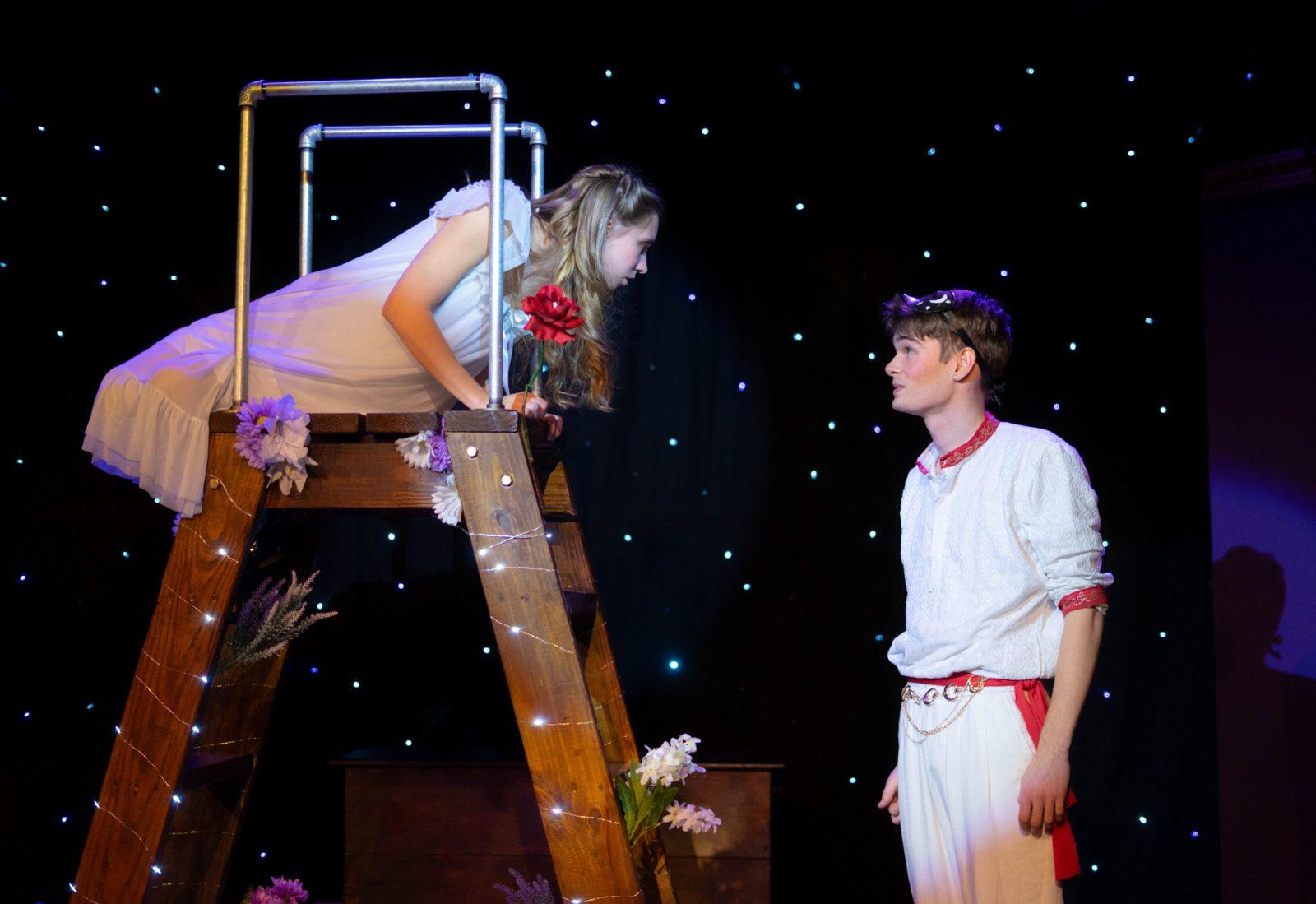
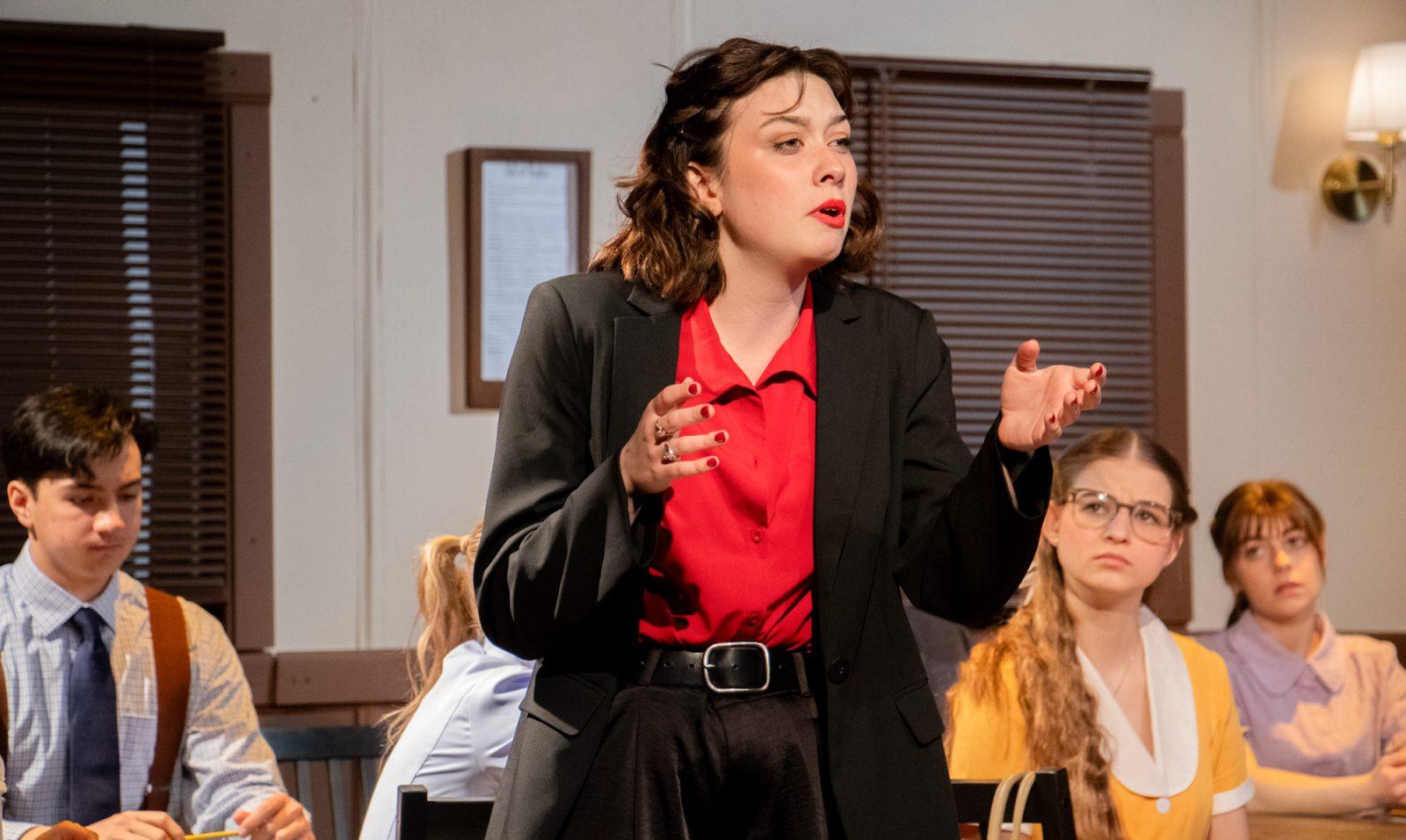

Sarah Zieba • Mar 6, 2024 at 4:47 pm
Hello!
Thank you for your lovely article on the opera. I just wanted to inform you that the picture is mislabeled. It is not me, Sarah Zieba, but Margaret Tigue who sang Cendrillon on the other nights.
Margaret Tigue • Mar 6, 2024 at 2:07 pm
Hi there— the photo is improperly labeled. That is a photo of me, Margaret Tigue, and Andrew Brown. We were in the other cast. Please either correct the note under the picture or use a different picture. Thank you!